2010: First Look into Lake Sebu
Lake Sebu Once Upon a Time
It was almost daybreak but the mountains were especially foggy that morning. The surrounding rainforest was just starting to turn into a silhouette against the thick mist that blanketed the three lakes tucked amidst these mountains. On one of the bigger lakes, several men looked like phantoms emerging from the curtain of fog as they quietly paddled their dug-out canoe on the placid lake. They got excited from time to time as they pulled their bamboo fish traps out of the water and poured the contents on the floor of the canoe where the prize from others traps, several mudfish and tilapia, were slithering, gasping in vain to breathe the cold morning air. They had reason to be jubilant. The fish traps were bringing in a bountiful catch. But the celebration can wait. They have a few more traps to check.
As the boatmen paddled towards the other parts of the lake, another group of men started to emerge from the misty shadows of the rainforest by the bank of the lake. Most of them carried bows and arrows, some spears and machetes – all of them unmistakeably seasoned hunters. A pair struggled out of the foliage from behind the group, exerting much effort to balance both ends of a bamboo pole on their shoulders as the weight of a sizable wild boar that hung from the middle of the pole pulled them down. They too had good reason to celebrate. They have stalked and chased this wild boar all night down to the last of the seven waterfalls that vigorously poured excess water from the lakes to the plains below. They were all exhausted but remained in high spirits because of a favorable catch. In the midst of the morning calm, one of the men gave a strange holler and an excited howl came in response from the boatmen in the midst of the misty lake. Then both groups started heading towards the village by the rice fields on the other side of the lake.
As the sun’s rays started to pierce and break the fog, smoke started to snake out from the grass huts at the lakeside village and the jubilant sound of an agung (traditional gong) started to command the beat of a festive day. Several men gathered at the village centre and started to pound newly harvested rice in wooden mortars, also to the jubilant beat of the agung. Inside the grass huts, the women brought out their most elegant and colourful t’nalak (their traditional tapestry) and brass ornaments, creating a lovely sound as hundreds of small brass bells that adorned their necklaces, bracelets and anklets jingled. Even the traditional swords that the men were bringing out produced a tinkling sound as similar brass bells that adorned the handles were shaken. Then the whole village broke into an excited commotion as the boatmen and the hunters arrived with their plentiful catch; their wives and kids joyfully welcoming them back with their jingling garbs. Finally, as an agung ensemble and a few hegelungs further enlivened the already rapturous beat; the village chieftain appeared from the central hut in his full traditional regalia of red, black and white tapestry, a t’nalak vest and a cone-shaped tubaw wrapped around his head then declared that it was indeed a great day to celebrate the bounties of nature. The sound of the agung ensemble immediately broke into a crescendo when the chieftain gave the signal to start the merry-making.
Lake Sebu Today
The inhabitants of the village belong to the T’boli tribe, one of the many indigenous peoples of Southern Philippines. The location is called Lake Sebu, a mountainous municipality in the province of South Cotabato. The scene described above, though imaginary, could have really happened a long time ago in this place. Authentic segments of this exotic nature-driven lifestyle can still be experienced in present-day Lake Sebu despite the introduction of modern conveniences. The three lakes still abound with tilapia although more modern aquaculture methods (e.g. the use of fish pens) have become more popular and various non-traditional ways of preparing tilapia dishes have likewise become an attraction. The seven falls are still surrounded by rainforests but now there are less difficult trails that trekkers can follow and for those needing a higher dose of adrenaline, a challenging 700-meter zip-line over two of the seven waterfalls has been recently added. Authentic T’boli handicrafts made of rattan, abaca, brass and other indigenous raw materials are abundant and have become more affordable due to a more organized production system. Resorts and inns dominated by native cottages and cabins have sprung up along the banks of the lakes and offer a wide range of services centred on the eco-tourism thrusts of the local government. Local and international tourists come for nature-tripping, fishing and boat rides on the scenic lakes, trekking to the seven waterfalls, hunting for souvenirs – mainly native products and handicrafts — or simply appreciating the distinct indigenous local culture.
For those interested only in photography or sightseeing; the three lakes, the seven falls, the verdant rice fields and valleys, the handicraft shops and local tribal celebrations are opportunities that shouldn’t be missed. I took hundreds of photos during my 6-hour tour of Lake Sebu but I missed some of the most important adventures Lake Sebu can offer. Nevertheless, I consider the photos I took home as invaluable treasures worth sharing.
Travel Notes
For international visitors, Silk Air has daily flights from Singapore to Davao City where convenient public transportation (car rentals, buses, taxicabs) can be taken southwards to General Santos City then to the municipality of Surallah, then to Lake Sebu for a total of 4 to 5 hours travel. Domestic flights from Manila to General Santos City are also available daily.
.
Author’s Note: I published this text and set of photos in 2010 in another blogging site which I decided to shut down two years ago. I’m posting it here as a prelude to a set of photos I took from a recent visit to Lake Sebu. I didn’t realize I have not posted this on WP yet until I started working on my more recent photos (although I’ve used some of my 2010 photos in earlier sets under the Still Life and Random Objects series). Being a nature and fish lover, I grab any chance to visit this rustic municipality whenever I am in the region but, sadly, I often miss some of the most important cultural aspects of the place.
Related articles
- List of the Top Zip lines in the Philippines and Growing… (violetxplorer.wordpress.com)
- Seven Falls of Lake Sebu at South Cotabato, Philippines (feelgoodavenue.wordpress.com)












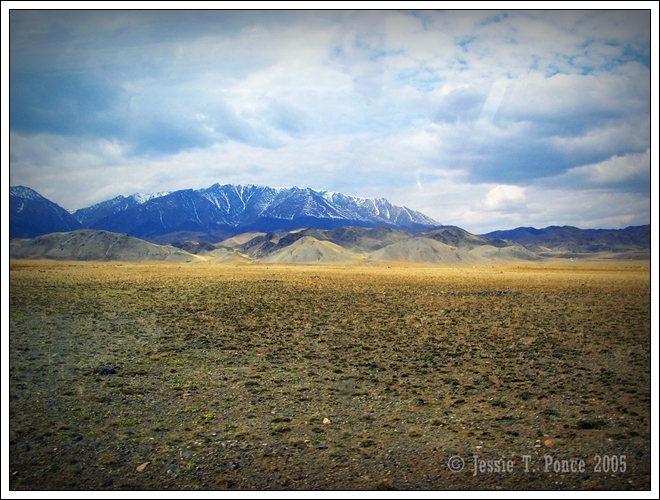
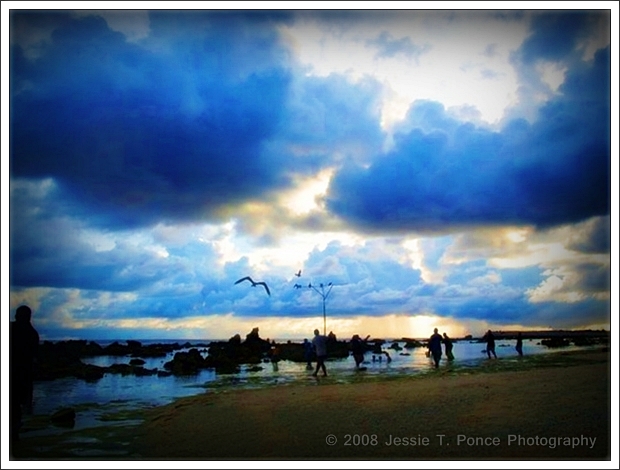
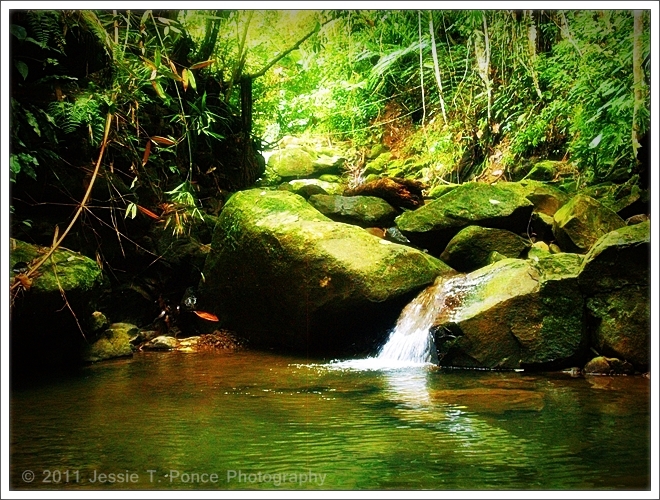



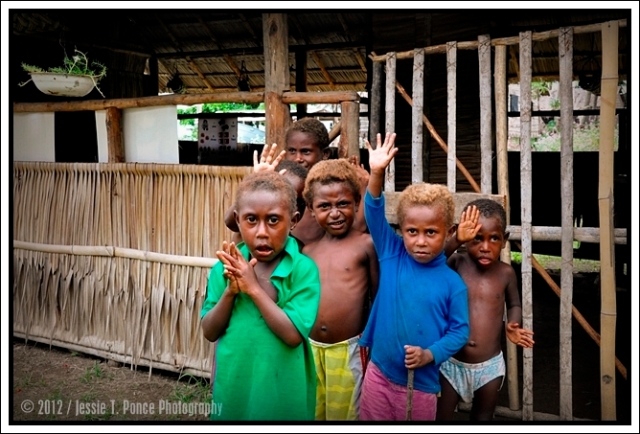
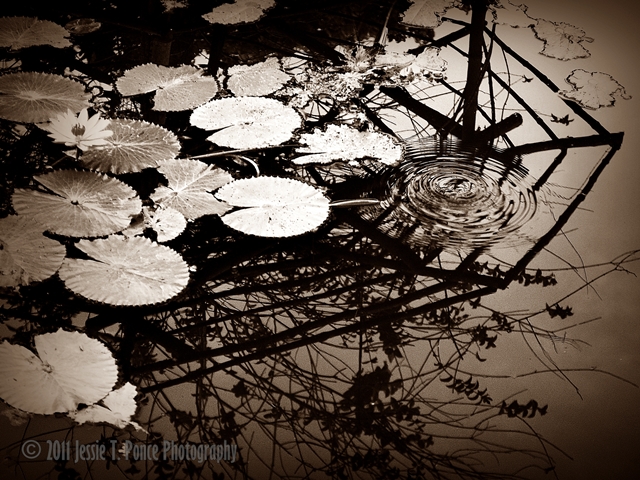

Such an idyllic place and your post so nicely written.
LikeLike
Thank you so much! I appreciate the visit and your kind comment. Regards.
LikeLike
Pingback: 2010: Coin Divers of Lake Sebu | A Traveller's Tale
Pingback: Fish Cages 1 | A Traveller's Tale
Pingback: Fish Cages 2 | A Traveller's Tale
Pingback: A T’boli Song and Dance | A Traveller's Tale
Pingback: How to Attract a Man – T’boli Style | A Traveller's Tale
Pingback: Solitary by the Lake | A Traveller's Tale